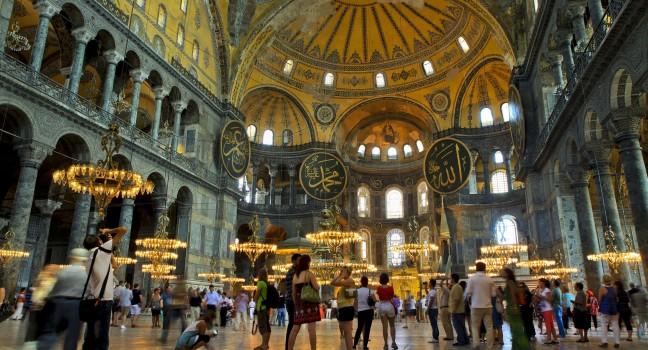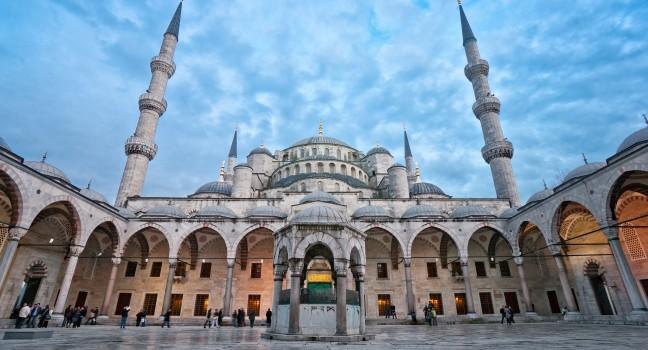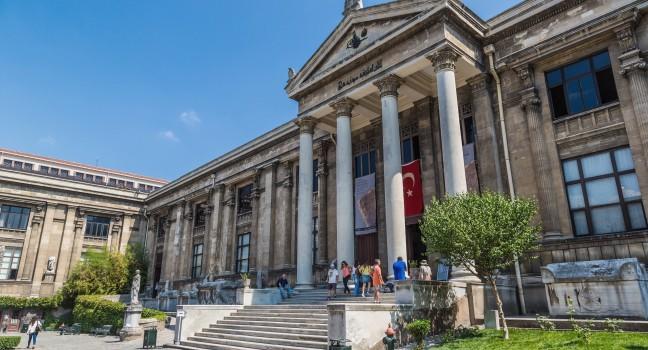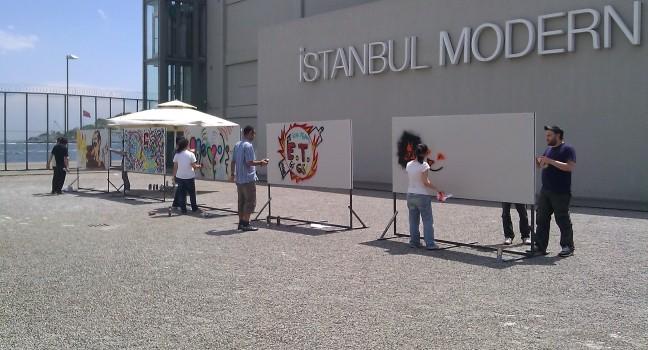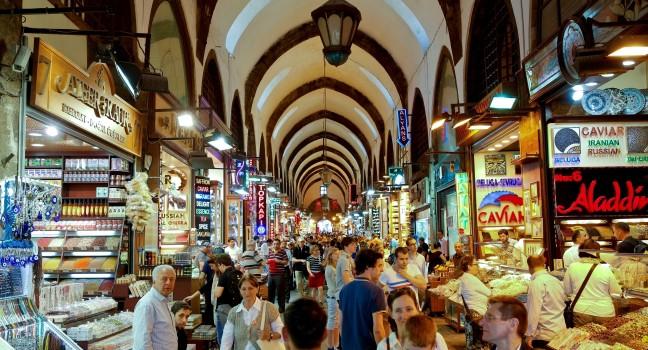Akdamar
On the tranquil, uninhabited islet of Akdamar, among the wild olive and almond trees, stand the scant remains of a monastery that include the truly splendid Church of the Holy Cross. Built in AD 921 by an Armenian king, Gagik Artsruni of Vaspurakan, the compound was originally part of a palace, but was later converted to a monastery. Incredible high-relief carvings on the exterior make the church one of the most enchanting spots in Turkey. Much of the Old Testament is depicted here: look for Adam and Eve, David and Goliath, and Jonah and the whale. Along the top is a frieze of running animals; another frieze shows a vineyard where laborers work the fields and women dance with bears; and, of course, King Gagik, almost hidden above the entrance, is depicted, offering his church to Christ. The monastery operated until WWI, and since 2010 annual religious services have been allowed, usually in early September.
There are a handful of small cafés and gift shops on the island, and a few coves that offer the opportunity to swim in the alkaline lake. One of the most charming things about the island may be the large number of gray rabbits scampering about. To reach Akdamar from Van, take a minibus (20 TL) or follow Route 300 to Gevaş, which is about 20 miles away. Just past Gevaş, you'll see ferries waiting at the well-marked landing to collect the required number of passengers—between 10 and 15—for the 20-minute ride. Normally it costs 30 TL per person but if there aren't enough passengers the round-trip is around 300 TL. Boats return to the mainland hourly until 6 pm.
